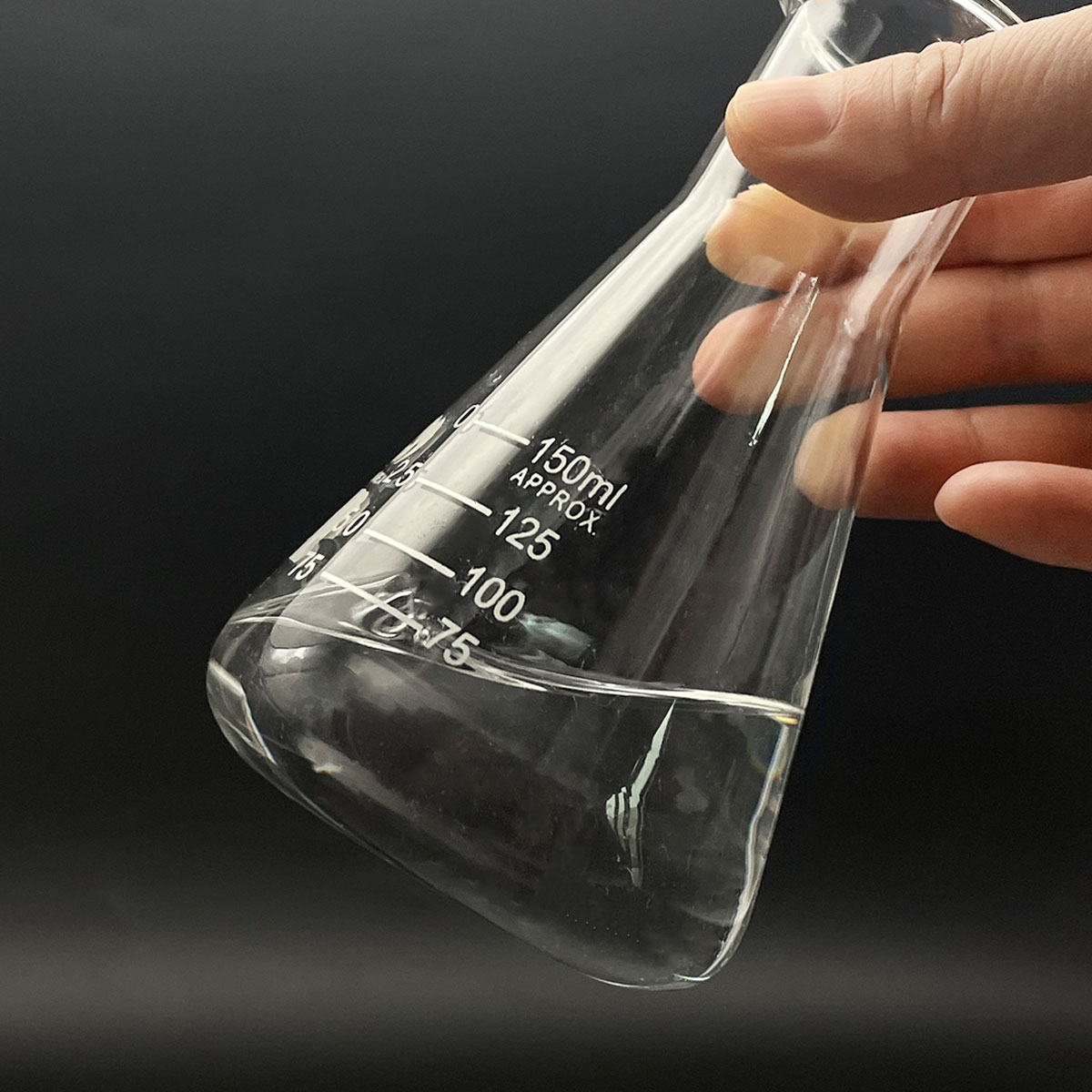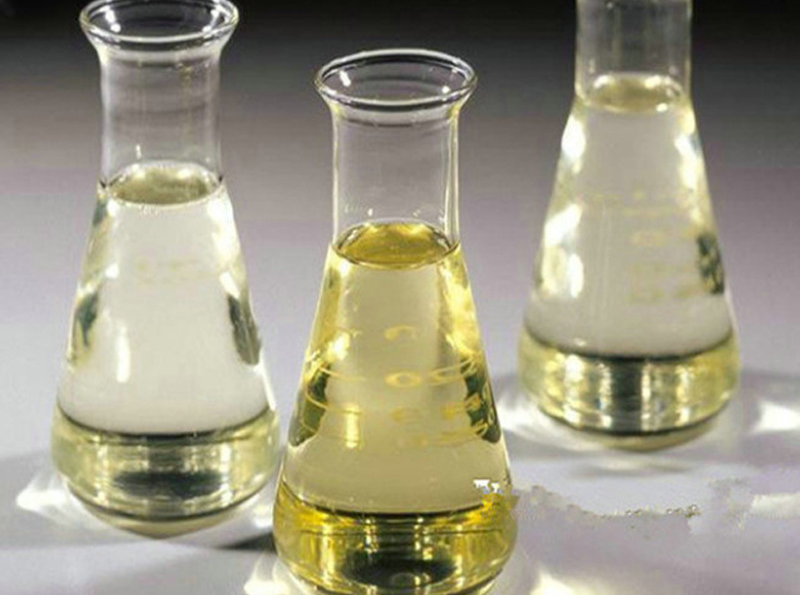Imagine a tiny substance in your lungs acting like a superhero. That’s surfactant. Without it, breathing would feel like trying to blow up a balloon coated in glue. Surfactant therapy steps in when this lifesaving stuff is missing, especially in fragile newborns.
(What Is Surfactant Therapy)
Think of your lungs as millions of tiny air sacs. Each time you breathe, these sacs inflate and deflate. Surfactant is the slippery coating inside them. It reduces surface tension. This stops the sacs from collapsing like popped bubbles after each breath. Without enough surfactant, the lungs stiffen. Inflating them becomes exhausting work.
Premature babies often face this crisis. Their bodies haven’t made enough surfactant yet. This causes Respiratory Distress Syndrome (RDS). Babies with RDS struggle for every breath. Their skin might turn blue. Their tiny ribs pull inward with effort. Before surfactant therapy, RDS was a top killer of preemies. Doctors could only offer breathing machines. These machines helped but sometimes damaged delicate lungs.
Surfactant therapy changed everything. Here’s how it works: Doctors give artificial or animal-derived surfactant directly into the baby’s airways. This usually happens soon after birth. They use a thin tube inserted into the windpipe. The treatment is quick. The surfactant spreads fast across the lung surfaces.
The results are dramatic. Stiff lungs become flexible. Air sacs stay open easily. Breathing gets smoother. Machines can work gentler. This lowers risks like lung tears or oxygen overload. Babies need less time on ventilators. Survival rates jumped once this therapy became common.
Surfactant therapy isn’t just for newborns. Adults with severe lung infections or injuries might need it too. Conditions like pneumonia or near-drowning can wash away natural surfactant. Replacing it helps their lungs heal.
The magic lies in surfactant’s simple job. It’s biological soap. Just like dish soap breaks water’s grip on grease, surfactant breaks surface tension in the lungs. This lets air flow in and out without a battle.
Getting surfactant therapy right matters. Timing is key. Giving it early prevents worse problems. The dose must be exact. Too little won’t help. Too much might cause other issues. Teams practice this skill carefully.
Research keeps improving surfactant formulas. Scientists tweak them to last longer or fight inflammation. They explore cheaper ways to make synthetic versions. Every upgrade means more saved lives.
(What Is Surfactant Therapy)
Surfactant therapy shows how understanding tiny things brings huge victories. A slippery film inside our lungs, backed by smart medicine, turns gasping infants into thriving kids. It’s not just science. It’s a second chance at breath.
Inquiry us
if you want to want to know more, please feel free to contact us. (nanotrun@yahoo.com)




